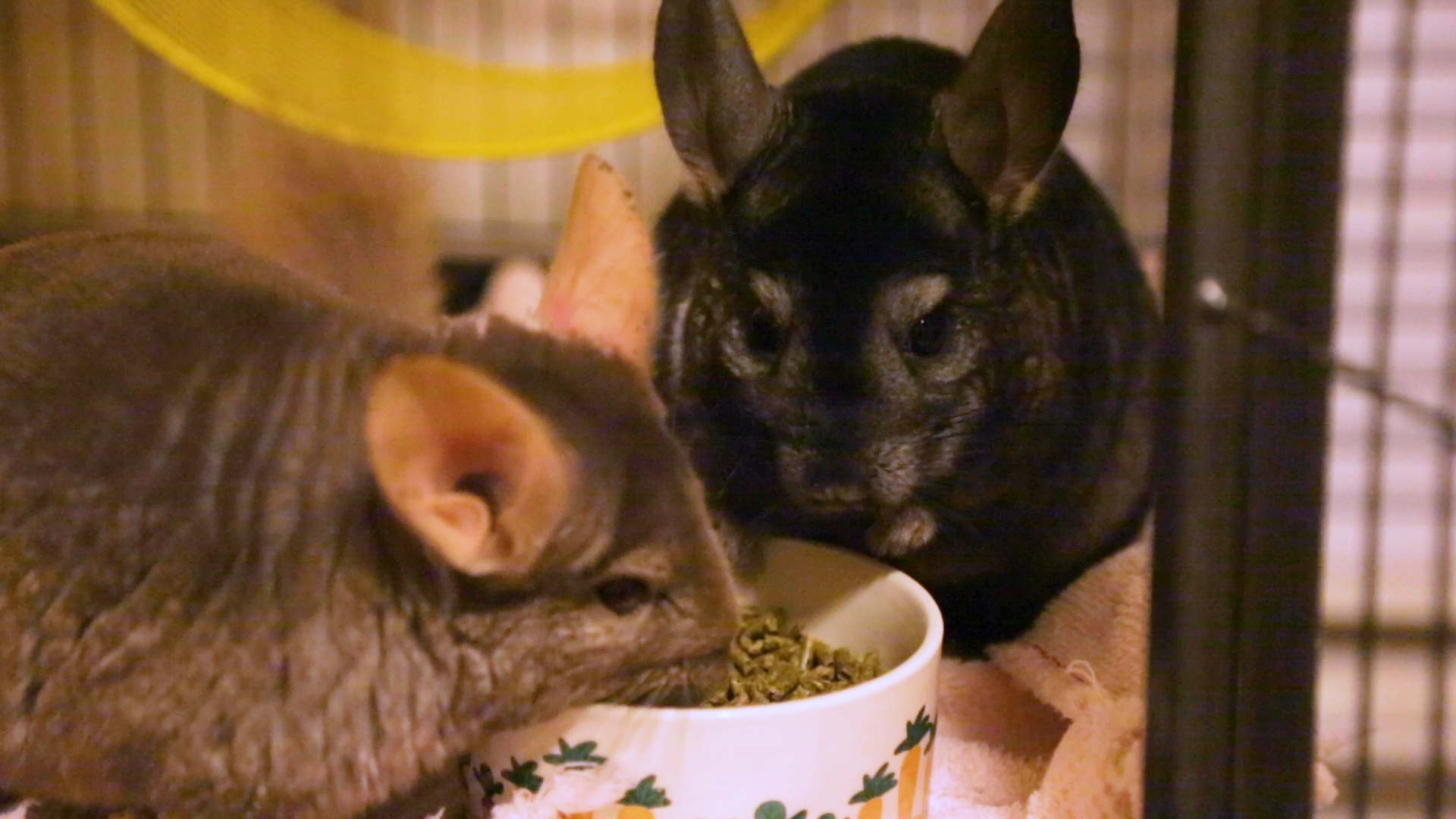The quest for healthier foods for pets has taken some interesting turns with the introducing of raw foods, grain free diets, and diets made with all sorts of unusual ingredients, including sweet potato, rosemary, blueberries, pea protein, and much more. We already know some of these diets are producing a few cases of pet and human illnesses. The most obvious is bacterial infections in pets who eat and owners who handle some raw diets. New to the mix are reports that some diets made with novel ingredients may be linked to heart disease in dogs. (See "Unusual pet diets may be linked to heart disease in dogs" here, and an updated information post here.)
Some of these trends are trickling down to exotic pets, starting with "grain free" diets for ferrets, and more. How are pet owners and veterinarians supposed to know which diets are healthy, and which may eventually cause harm over time?
This becomes difficult when our owners ask advice about diets they found on the internet or were recommended by breeders-it is impossible for anyone to completely understand everything that needs to be known about a diet by simply reading the ingredients label. True analysis requires much more information than is on the label, and a PhD in nutrition!
Also, even if new diets developed from novel ingredients appear on paper to meet nutritional requirements, they may perform differently when the pet actually eats it. To complicate matters, many problems related to diets don't appear for months or even years. (This is why major manufacturers of canine/feline pet foods tested their products on several generations of dogs and cats over many years.)
Our general recommendations are to stay with manufacturers with years of experience and a track record of healthy pets consuming the diet; our next recommendation for less common pets is to follow recommendations of PhD zoo nutritionists.
This post was written for dog and cat owners, but we think it's excellent advice for owners of any pet.
If you are considering a novel diet, consider contacting the manufacturer and asking the important questions in this article.




